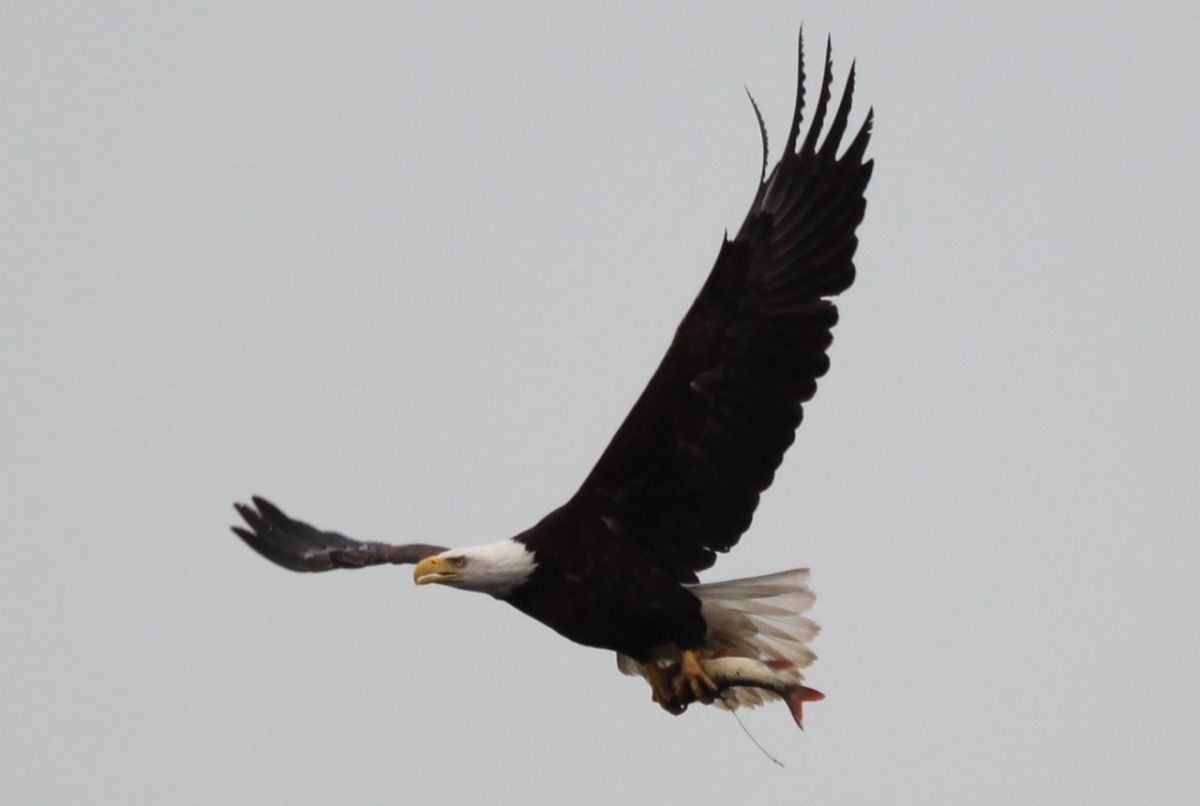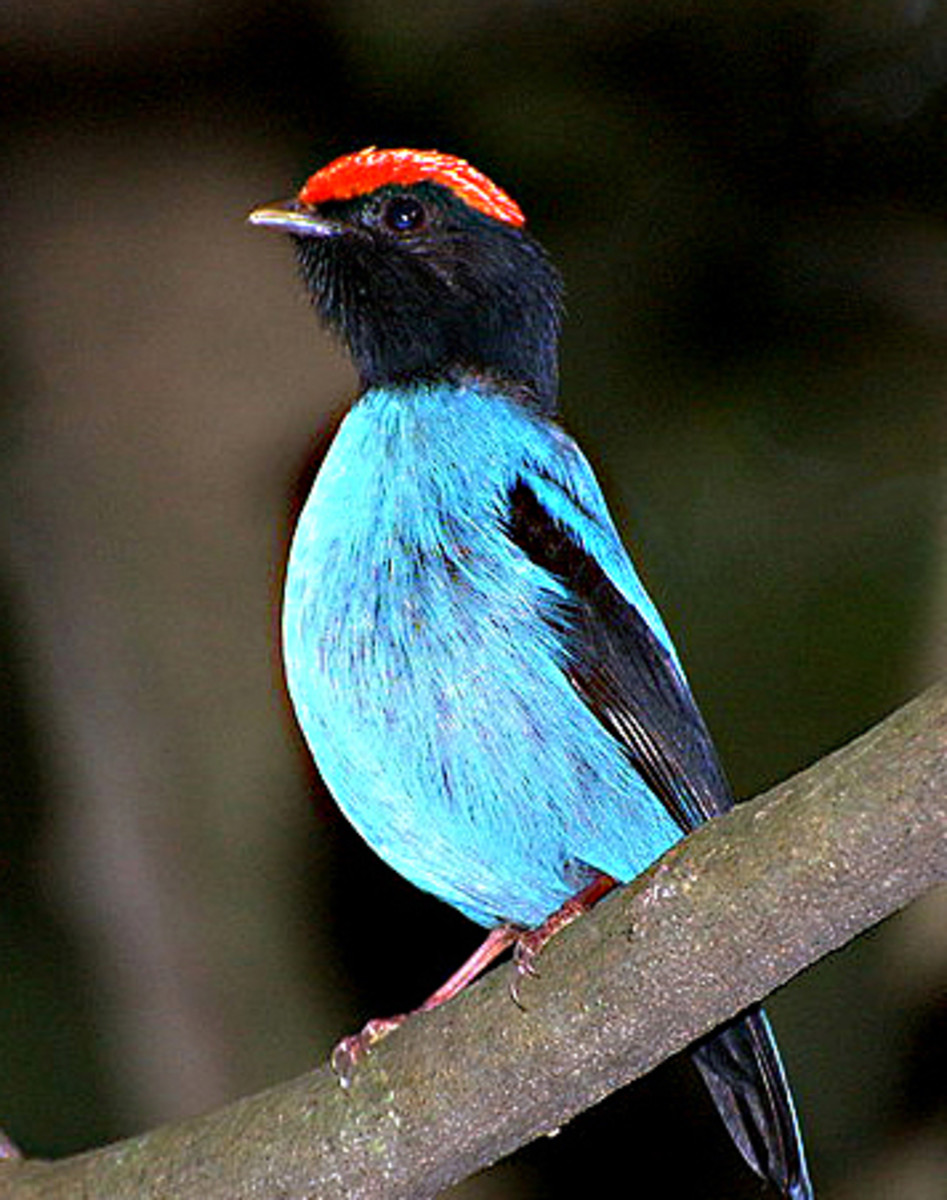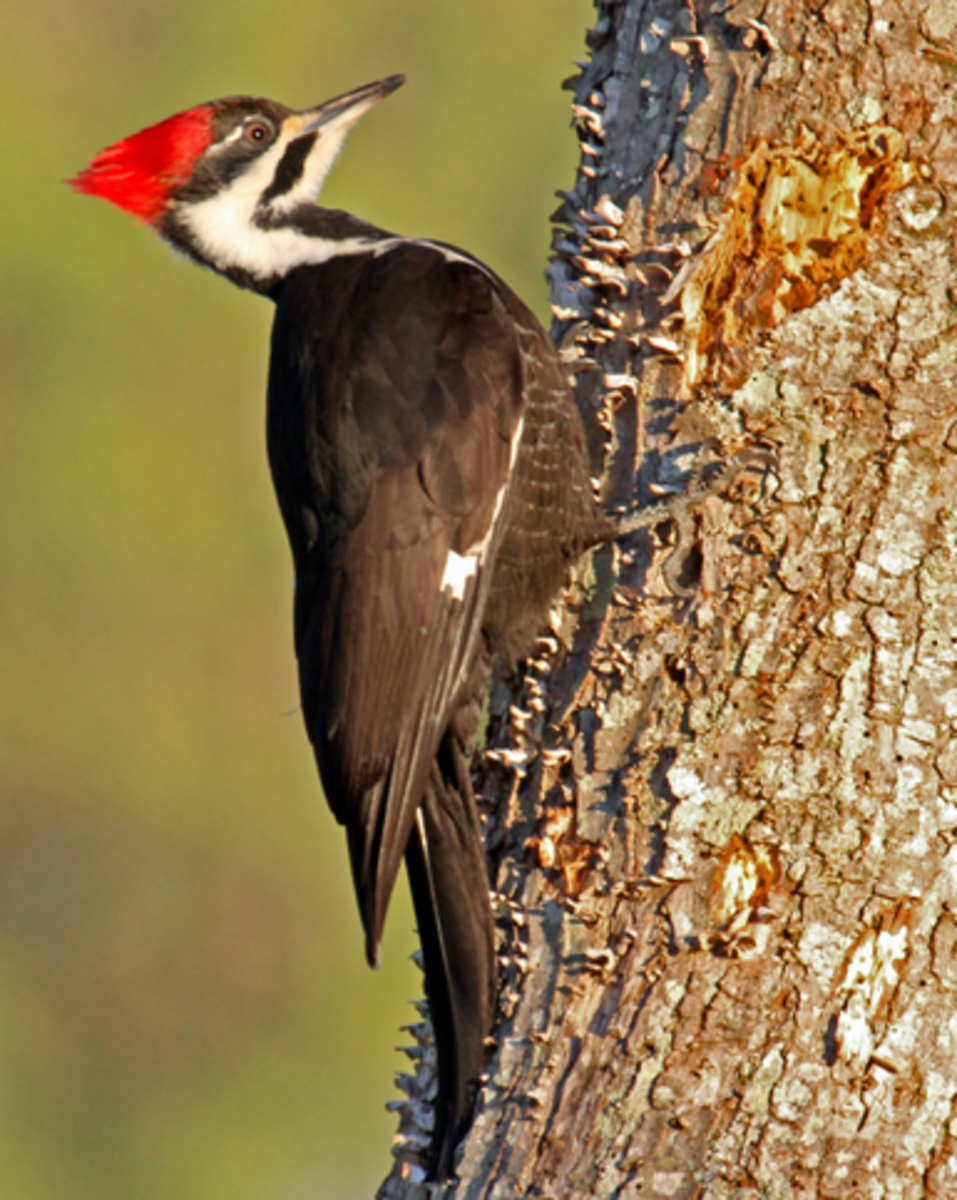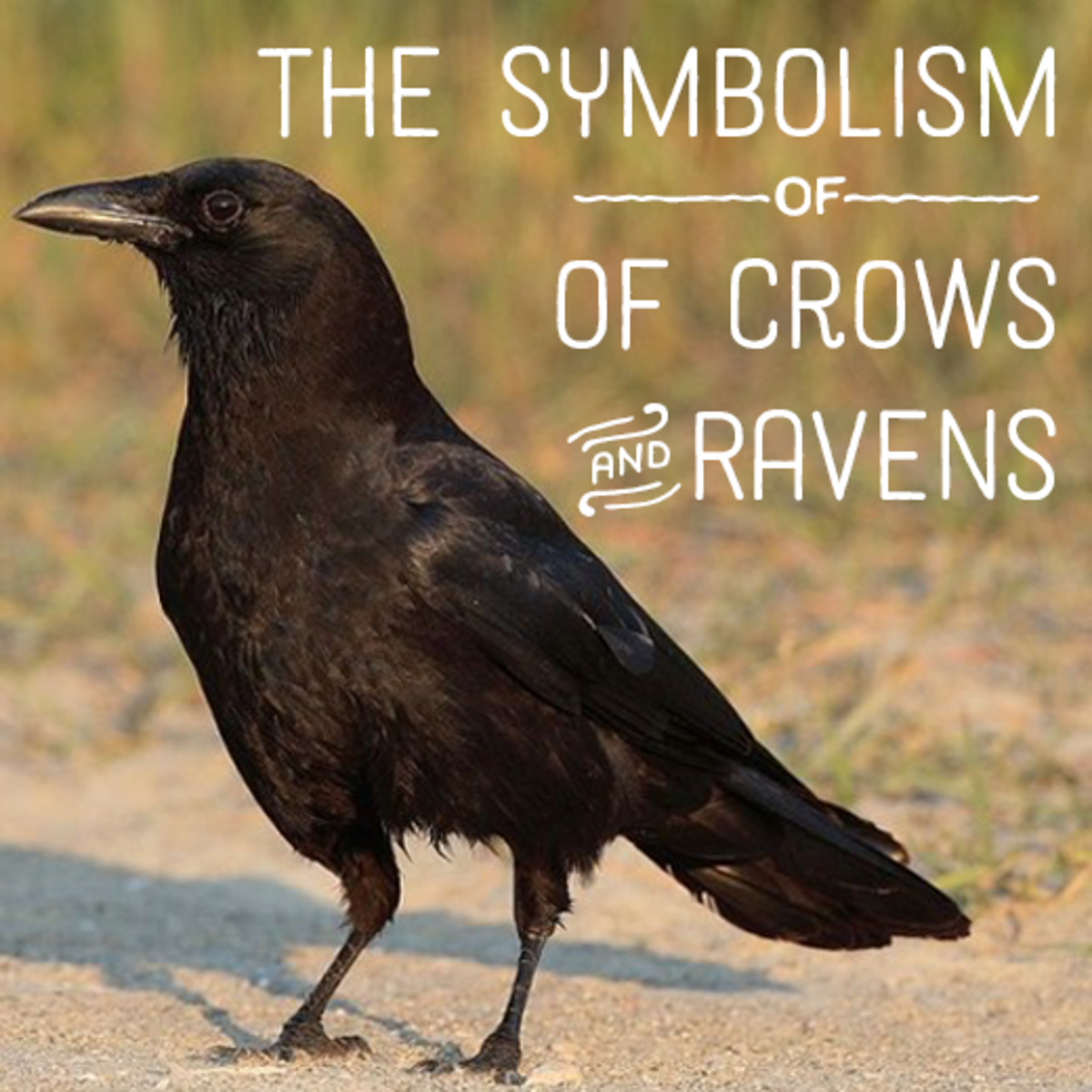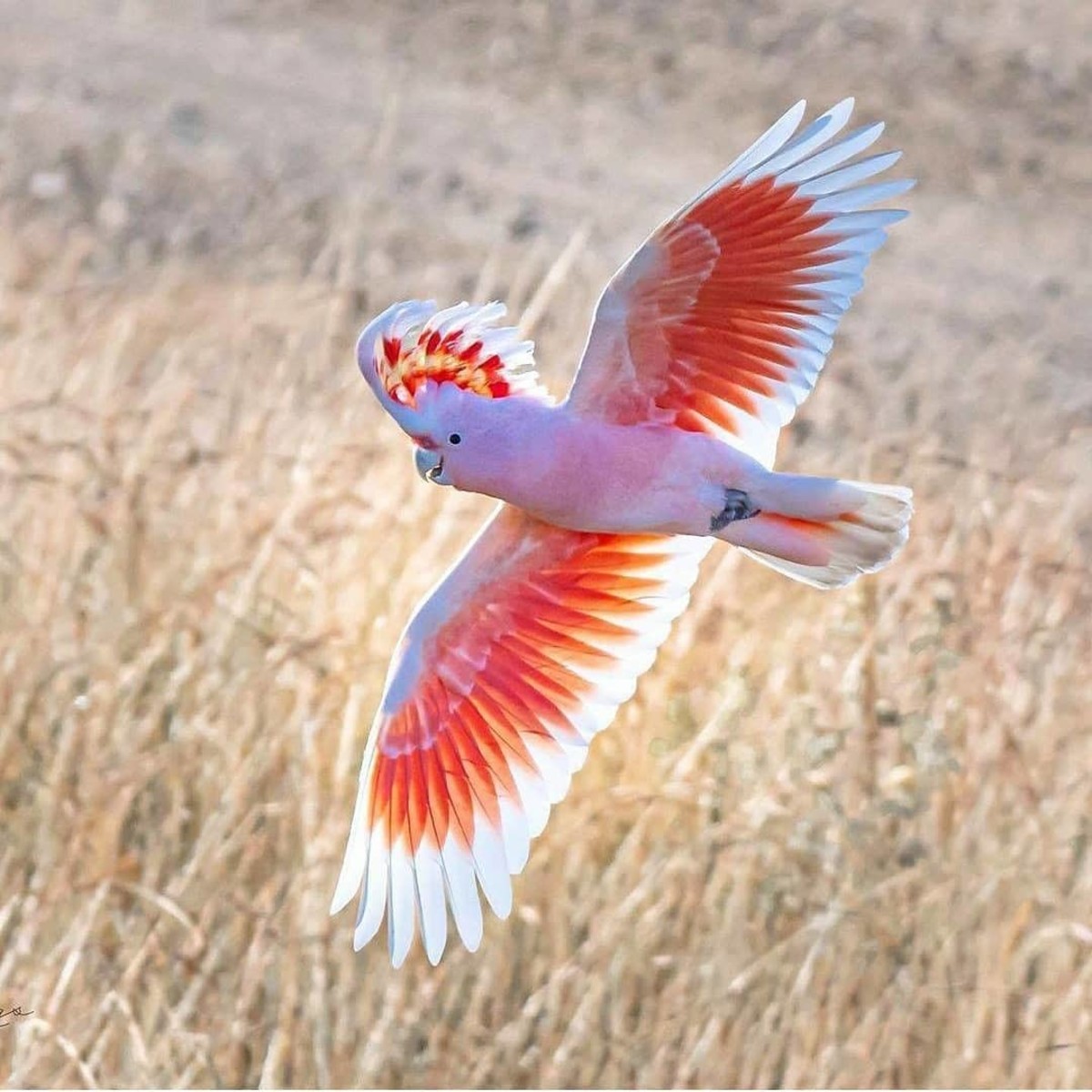Club-winged Manakin - Tropical Rainforest Casanova
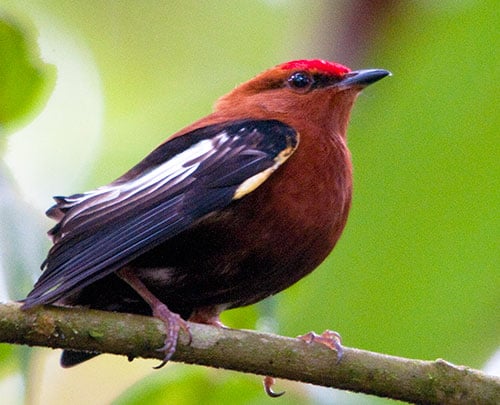
The tropical rainforests of South America entice many naturalists to observe the abundant treasures that are hidden within its canopies. There is, however, one avian species that mesmerizes the adventurer with melodious sounds and a curious dance while luring a compatible mate to its side. The Club-winged Manakin is a marvel of nature, a product of adaptation that baffled scientists for many years.
Range
The Club-winged Manakin is a small bird of the order Passeriformes, sometimes referred to as perching birds. It is strictly Neotropical, endemic to the jungles of South and Central America. It can be located within the deep tropical rainforests from southwestern Colombia to northwest Ecuador. Ranging in altitudes from 600 – 1600 m (2,000 – 5000 ft), it is at home among the lower growth of the Andean foothills and subtropical forest.
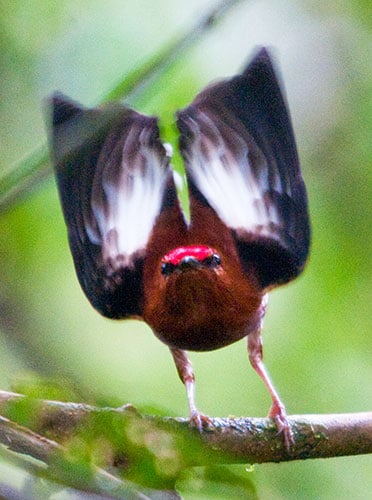
Appearance
Although the Club-winged Manakin is not as brightly colored as many other avian species in the rainforest, it is nonetheless an attractive bird. The male is primarily a rufous-chestnut hue with a scarlet crown. The overall tone is paler on the head and much darker on the underbelly. Tail and wings are black with the inner flight feathers exhibiting white. These feathers display a definite thickening and an unusual, twisted appearance. The bend of the wing has a yellow lining and the undersides are white.
The female, in contrast, is olive above and presents some cinnamon-rufous on the face. The inner webs of the secondary wing feathers are white and the under wings are similar to the male. The throat is whitish, mid-belly a pale yellow and the breast and flanks an olive tone. There are no other similar species to cause confusion in identification.
Rainforest Mating Call
Although this diminutive bird could remain allusive amongst the dense foliage of the tropical rainforest, its mechanical chirps and screeches reveal it presence. It is this mating call that has fascinated and mystified naturalists since it was first brought to their attention in the 19th century. Many studies have been conceived to establish the origin of this sound but it was not realized until this past decade.
Dr. Richard Prum of Yale University first began his investigation of these phenomena in 1987 when he became fascinated with the Club-winged Manakin during a trip to northwest Ecuador. Dr. Kimberly Bostwick of Cornell University, a former student of Dr. Prum, joined his research in 1995. She took high-speed photographs of this peculiar bird and discovered a remarkable event.
The Club-winged Manakin has one feather on each wing that exhibits seven ridges. An adjacent feather is exceptionally stiff and is rubbed rapidly across the ribbed feather similar to raking a spoon across a washboard. The Manakin’s wing muscles are overly developed allowing it to move these feathers at a remarkable velocity of more than100 times per second. This in turn produces a frequency of 1,500 hz (cycles per second), delivering this high pitched, mechanical sound.
This unusual noise produced by rubbing certain body parts together, referred to as stridulation, is generally associated with insects such as crickets and cicadas. The Manakin is the only family of birds known at this time to manifest this ability. Other Manakins, such as the White-bearded Manakin, produce a loud crack similar to a firecracker or two rocks being beat together. The sound that these birds produce is part of their mating ritual used to attract a suitable partner.
Habits and Habitats
The Club-winged Manakin is a fairly shy bird, remaining inconspicuous among the foliage of the dense rainforest understory. They normally perform in pairs, perching 5 – 10 m apart (15 – 30 ft), calling to each other at frequent intervals. This may continue over long periods of time but will change dramatically if a female appears. The males will compete for attention and position in relation to the prospective mate causing a flurry of noise and activity.
Manakins feed mainly on small fruits that are acquired while hovering near branches similar to a hummingbird. Their nests are tiny, shallow cups and only the female will attend to the young.
Locating the Club-winged Manakin in Ecuador
The Club-winged Manakin has a very restricted range but can be found at various reserves within Ecuador. Visitors to Milpe Bird Sanctuary can observe a lek, a gathering of males for mating purposes. Other areas for viewing are Buenaventura Reserve, Mindo Valley, Rio Palenque Reserve, Rio Silanche Bird Sanctuary and Tinalandia.
Summary
The Club-winged Manakin is a peculiar bird with a sound that can mesmerize the adventurous traveler as well as a prospective mate. Its curious acrobatics and fascinating rituals can provide hours of entertainment for everyone. This tiny creature is a must-see attraction for all bird and nature enthusiasts.
Related Links
- The Birds of Ecuador
Photos and articles on the birds of Ecuador - Discovering the Birds of Ecuador
Birding locations in Ecuador


